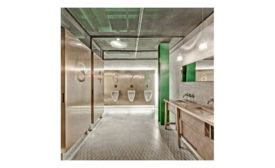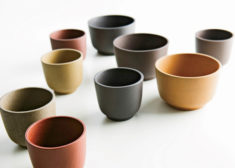Neri&Hu Design and Research Office
Mercato by Jean-Georges Vongerichten
Asian Fusion: East meets West—and past meets present—at the top of a historic Shanghai building, where a rustic Italian restaurant treats diners to a seasonal menu, amidst layers of time and richly applied materials.
Read More
Xian Westin Museum Hotel
History Lesson: Neri&Hu finds a number of innovative ways to reinterpret old China for the 21st century.
Read More
Design Republic Commune
Retail Therapy: Layers of the past add resonance to new interiors as a Shanghai firm transforms an old police station into a high-end design center.
Read More
China Awards 2012: Waterhouse at South Bund
Best Commercial Project: Honor Award
July 16, 2012
Copyright ©2024. All Rights Reserved BNP Media.
Design, CMS, Hosting & Web Development :: ePublishing


